What fertilizers are there for indoor plants?
It is difficult to imagine a modern home without a single pot of plants. Indoor flowers create a special atmosphere, while decorating the room, bringing benefits. By themselves, they will not please the owner, they need attention, care. Watering alone is not enough. Fertilizers for indoor plants, their selection, timely application are the key to successful home gardening, because in a limited volume of a pot, nutrients are consumed rapidly, after a couple of months after a complete change of the substrate, it becomes a ballast that does not contain anything useful.
What do indoor plants need?
The essential nutrients for green friends are nitrogen, phosphorus and potassium. Next in importance are magnesium, iron, sulfur, calcium. In addition to the above, trace elements play an important role in the development of plants - manganese, boron, copper and others.
Some of the nutrients are found in organics. The most common organic fertilizers - humus, mullein, bird droppings. For home use, their aqueous solutions are used.
Mineral fertilizers - urea, potassium sulfate, superphosphate, etc. - supplement the diet of indoor plants. By purchasing them separately from the store, the florist is faced with the problem of making a nutritional mixture, weighing the grams of the desired salt, and then preparing the solution.
The use of fertilizers in liquid form facilitates the process of their assimilation by plants.
Therefore, it is very convenient to use ready-made formulations for plant nutrition, which are presented in a wide range. They are easy to use and contain all the substances that plants need. There are universal complex fertilizers suitable for most indoor plants, there are special fertilizers for orchids, citrus fruits, flowering, variegated, etc., for better flowering or fruit setting.
Fertilizers are produced in various forms - liquid, powder, granular, in the form of sticks, tablets, capsules.
When choosing fertilizers for green friends, they pay attention to the content of the main elements, which is expressed as:
- percentage of pure substance (N / P / K) - according to the world notation system;
- percentage of oxides of substances (N / P2O5/ K2O) - according to the standards of the Russian Federation, CIS countries;
- grams / liter.
Fertilizers for decorative foliage plants are distinguished by an increased nitrogen content, for flowering plants - an increased amount of potassium and phosphorus. If nitrogen, potassium, phosphorus are contained in an equal percentage, the composition has universal application.
Features of liquid fertilizers
The liquid form, balanced in composition, is rightfully considered the most convenient to use - such fertilizers are diluted with water according to the instructions provided by the manufacturer. In most cases, the portion is measured with the bottle caps, less often with teaspoons or tablespoons. The very process of preparing a feeding solution takes a matter of minutes.
Fertilizers in liquid form are easy to feed on the leaf. The following features are taken into account.
- Best of all, fertilizers applied by the foliar method are assimilated by young plants and adults in the phase of active growth.
- Flowers whose leaves are covered with a glossy waxy bloom or edging practically do not perceive spraying.
- Spraying plants with fertilizers does not replace root feeding.
The best liquid fertilizers:
- Agricola... More about the line - here.
- Florovit - special fertilizers for cacti, orchids, pot conifers, bonsai, universal formulations.
- Bona Forte - a collection of fertilizers, ranging from organic and universal and ending with special for orchids and flowering plants.
- "Biopon" includes formulations for feeding azalea, palm, various begonias, flowering, decorative leafy plants, as well as universal complexes.
- "Kemira" ("Fertika") - a series that includes special compositions for decorative foliage, citrus fruits, palms, violets (Saintpaulias), universal complexes.
Not all popular liquid fertilizers are listed, each grower chooses the most suitable for himself, focusing on specific plants and cost.
Fruit-bearing exotic plants are increasingly found on the windowsills. Besides traditional lemons or tangerines - figs, coffee, feijoa, Garnet... In order for them to fully bloom and set fruits, liquid fertilizers intended for citrus fruits are taken for feeding. Practice has shown that their composition meets the needs of exotic fruits and fruits.
Dry fertilizers
Dry mineral fertilizer is a mixture of mineral salts in the form of powders from small crystals, granules or tablets (sticks). The preparation process is simple, but somewhat time-consuming, since it is necessary that the fertilizer is completely dissolved in water.
The powders are suitable for large home "plantations", because with the usual packing of 20-25 g they are diluted in 10-15 liters of water. To feed 2-3 flowers, you have to deal with complex calculations - the prepared solutions cannot be stored.
Tablets, capsules or sticks are convenient for a prolonged release. As a rule, they have enough nutrients for 2-3 months. Often insecticides are included in the sticks, which allows you to combine plant protection from pests and fertilizing (for example, Iskra Zolotaya sticks). The number of sticks per pot and the method of application are indicated by the manufacturer.
To prevent nutrients from concentrating in one place, the sticks are crumbled and scattered over the surface of the soil in a flower pot.
Organics for indoor plants
Compost, humus, mullein, bird droppings are excellent nitrogen suppliers. Wood ash supplies plants with potassium, calcium.
Although the introduction of organic matter significantly improves the structure of the substrate, using it at home has many negative aspects, in particular the smell. It is easier to choose liquid fertilizers for organic feeding, produced on the basis of vermicompost ("Vermistim", "Humisol") with the addition of other nutrients.
It is not recommended to use dry vermicompost for indoor plants. Plants are watered with a solution of liquid fertilizer no more than once a month.
Home fertilizers
You can feed indoor plants with home-made fertilizers. There is always a source material for such dressings, and self-made means are no worse than industrial ones.
- Yeast
Yeast fungi are rich in vitamins and hormones responsible for cell growth and have a positive effect on the growth and full development of the plant.
Fertilizer from dry yeast is prepared from one sachet (10 g), 3 tbsp. l. sugar, 10 liters of slightly warmed up water. A liter of feeding will require 1 g of yeast and 1 tsp. Sahara. The solution is infused for 3 hours, diluted with water in a ratio of 1: 5.
Feeding with live yeast consists of 200 g of yeast and 1 liter of water. Before use, it is diluted with water in a ratio of 1:10.
Enough 3 dressings per year - in spring, summer, autumn. The efficiency is enhanced by the simultaneous introduction of potassium and calcium (wood ash mixed with crushed eggshell).
- Wood ash
The best natural organic fertilizer for indoor plants, as it contains all the main nutrients and a significant portion of trace elements. Promotes soil disinfection.
- Sugar
It is used as a source of glucose, which supplies plants with energy and participates in the formation of organic molecules.In order not to provoke the development of putrefactive diseases or the appearance of midges, they are used in combination with EM preparations.
A solution of 1 tsp. sugar and 1 liter of water should be fed indoor plants no more than once a month.
- Eggshell
A source of calcium and a large amount of trace elements. Since calcium is contained here in a poorly digestible form, an infusion is prepared in warm water in a ratio of 1: 5. They are fed monthly.
Not all houseplants love calcium. Experienced growers advise using eggshells more than moderately. The best option is drainage from large debris.
- Banana peel
Contains a large amount of potassium, which is useful for flowering and fruit-bearing pets. In addition, banana fertilizer contains growth hormone, which is beneficial for plants in the early stages of the growing season. Watering with an infusion of the peel (1 banana peel per liter of warm water) or powder from dried raw materials, scattered over the surface of the substrate, is used.
- Citrus peel
Strengthens the natural immunity of plants, repels pests, adds nitrogen. Use brewed fresh or dried peels of oranges or tangerines. The container is filled with chopped fresh peel by 3/4, dry - by 4/5 of the volume, filled with water, insisted for a day. Infusions are used diluted with water. In winter, top dressing is applied monthly, in summer - every 2 weeks.
- Onion peel
It is rich in important microelements, prevents the development of fungal diseases. Fertilizer is prepared from a handful of husks and a liter of boiling water. The best way to use is foliar feeding every 2 weeks.
Often, aquarium water, decoctions of cereals, vegetables are used for feeding. If the water drained from the aquarium is a really good help due to its neutral pH and high nutrient content, then there are doubts about the usefulness of other options.
Indoor plants are watered with aquarium water no more than once a month in the initial phase of the growing season (from March to June).
Fertilizers, whether homemade or purchased, correctly and timely applied, help indoor plants to stay healthy, delight their owners with the beauty of leaves and flowers, purify the air and saturate it with useful substances. Which means for feeding flowers to choose, everyone decides independently, starting from the needs of his collection.
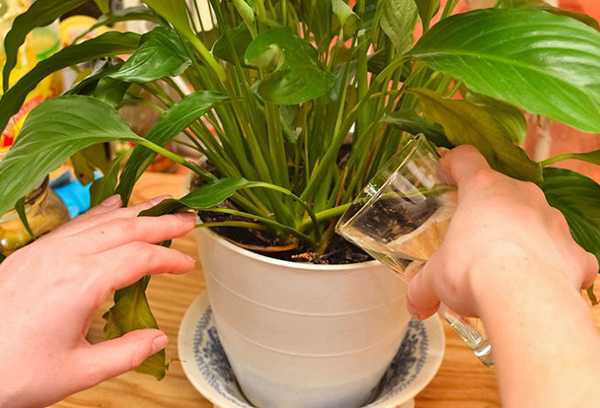
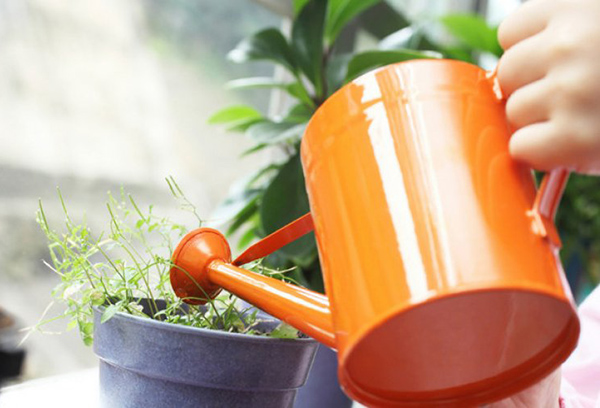
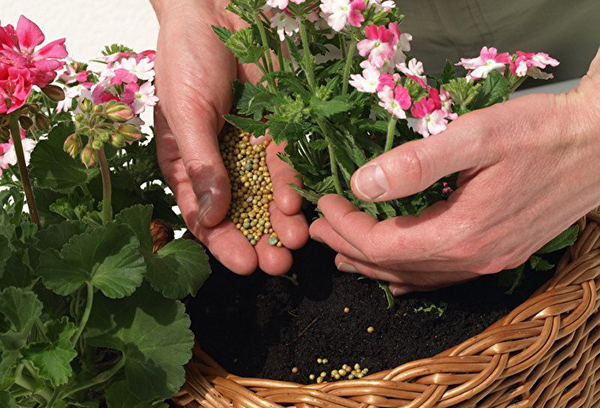
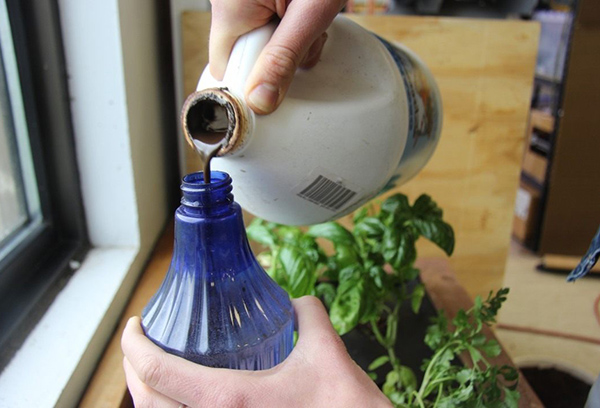
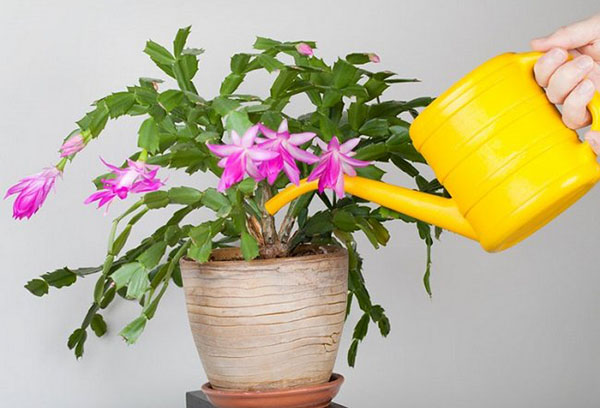
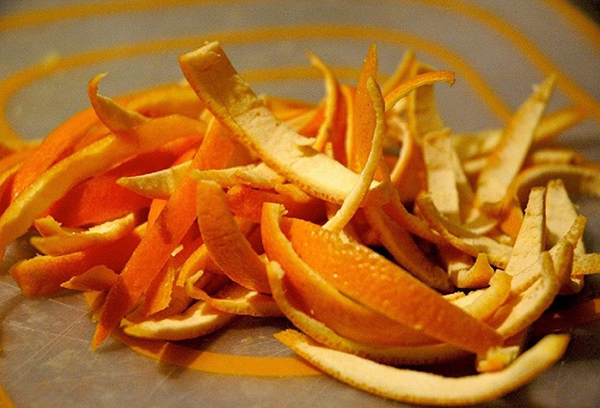
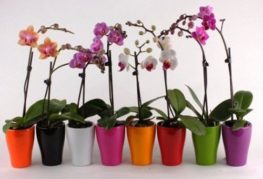
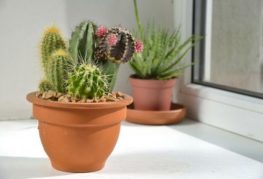
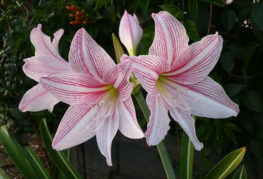
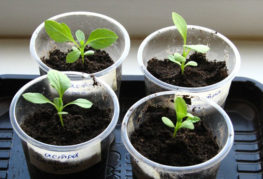
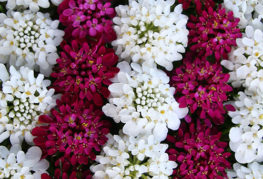
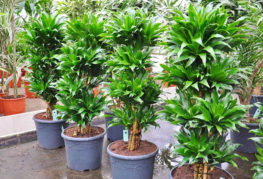
and will be published shortly.